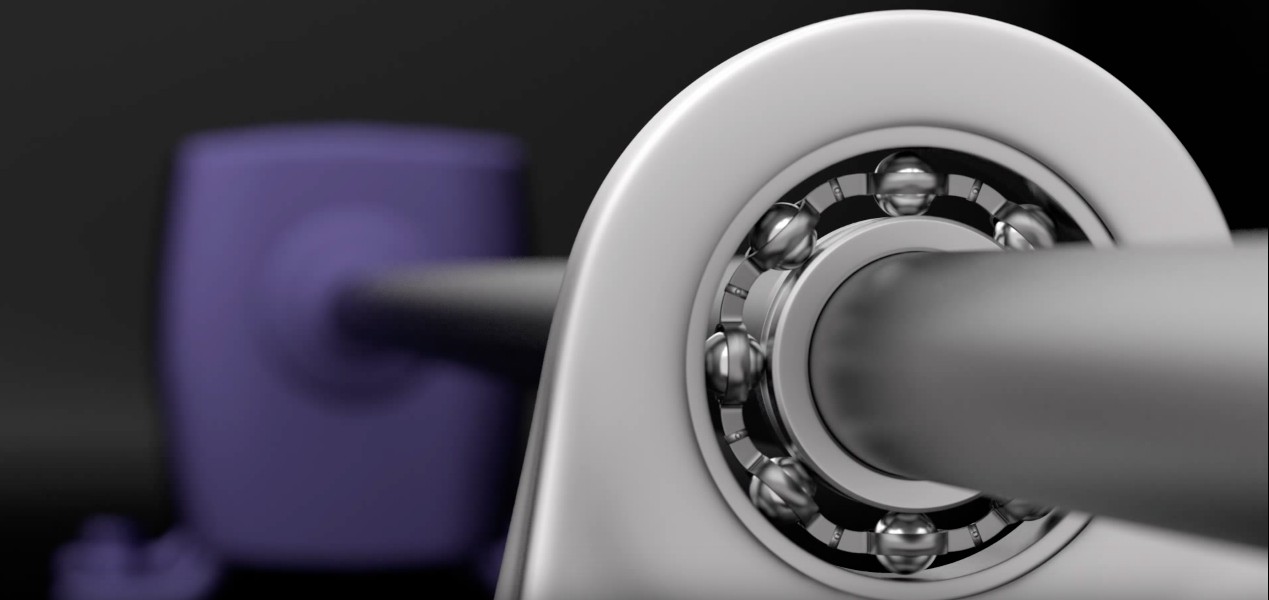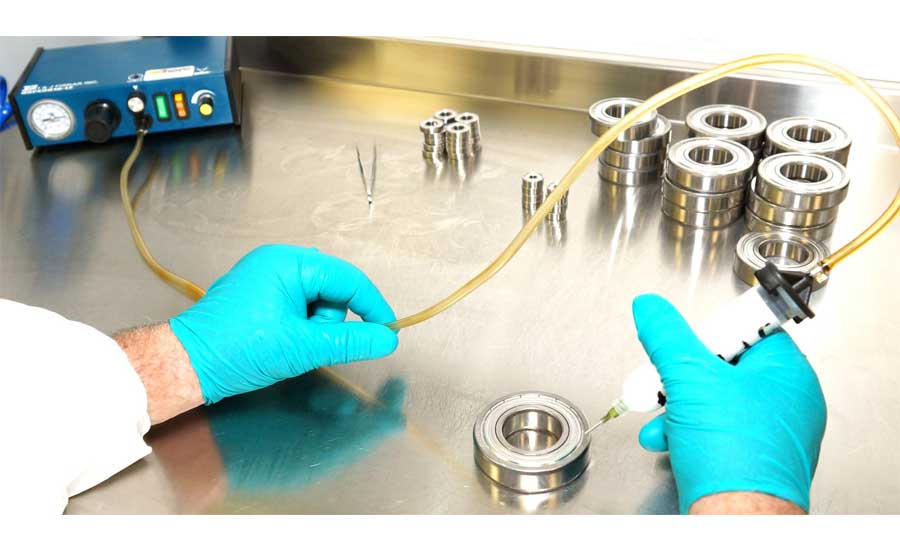News Center
How to maintain bearings?
2019-05-23
How to maintain bearings?
Effective bearing maintenance is crucial for ensuring the longevity and optimal performance of bearings in various applications. Here are key strategies and best practices for maintaining bearings:
1. Proper Lubrication
Establish a Lubrication Schedule: Regularly apply the right type and amount of lubricant based on operating conditions, bearing type, and manufacturer recommendations. Proper lubrication reduces friction, dissipates heat, and prevents corrosion.
Monitor Lubricant Condition: Regularly check the condition of the lubricant for contamination or degradation. Replace or replenish as necessary to maintain effective lubrication.
2. Regular Inspection
Visual Inspections: Conduct routine visual checks for signs of wear, damage, or contamination. Look for discoloration, excessive grease leakage, or abnormal noise during operation.
Detailed Measurements: Use tools like micrometers or dial indicators to measure internal and external dimensions, ensuring they remain within specified tolerances. Check for wear and clearance issues.

3. Contamination Control
Seal Integrity: Ensure that seals and shields are intact to prevent dirt and moisture ingress. Damaged seals can lead to premature failure due to contamination7.
Cleaning Procedures: If bearings become contaminated, clean them using appropriate solvents without damaging the raceways. Implement a two-step cleaning process: rough cleaning followed by a finishing rinse.
4. Load Management
Match Load Requirements: Ensure that bearings are appropriately matched to the load requirements of their applications. Overloading can lead to spalling and fatigue, while insufficient loads can cause slippage and premature failure.
5. Alignment and Balancing
Proper Installation Techniques: Ensure that bearings are installed correctly to avoid misalignment, which can cause uneven wear and overheating. Regularly check alignment during maintenance checks.
Balance Rotating Components: Imbalances can generate excessive vibrations that lead to bearing damage over time. Regularly balance rotating machinery components as part of maintenance routines.
6. Predictive Maintenance Technologies
Vibration Analysis: Utilize vibration monitoring tools to detect early signs of bearing wear or failure. Abnormal vibrations can indicate issues that need addressing before they lead to more significant problems.
Temperature Monitoring: Keep an eye on operating temperatures; excessive heat can indicate lubrication issues or excessive load conditions.

7. Documentation and Training
Maintain Records: Keep detailed records of inspections, maintenance activities, and any changes made to the system for future reference.
Training for Personnel: Ensure maintenance personnel are trained in proper bearing care techniques and understand the importance of following established maintenance protocols.
By integrating these strategies into a comprehensive maintenance program, you can significantly enhance bearing performance, reduce unexpected downtime, and extend service life across various applications.
Welcome to contact us if you have any request about DSYC bearings!